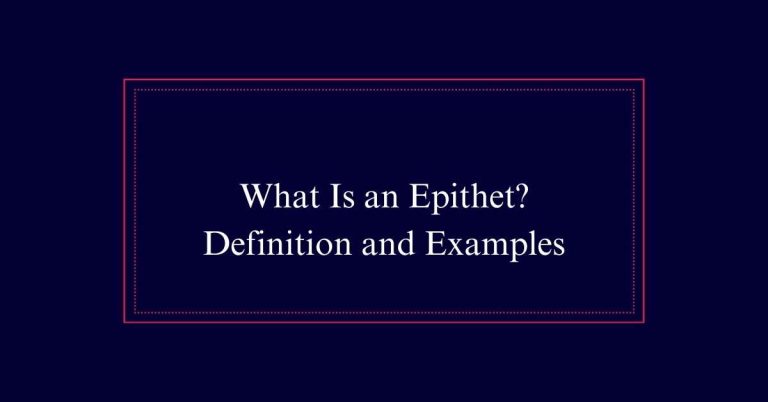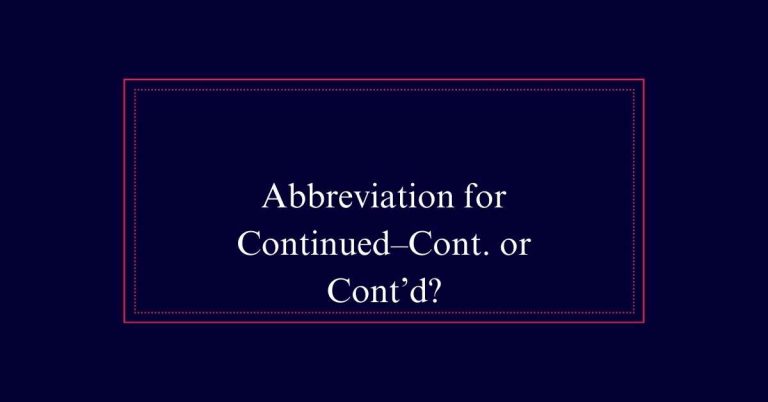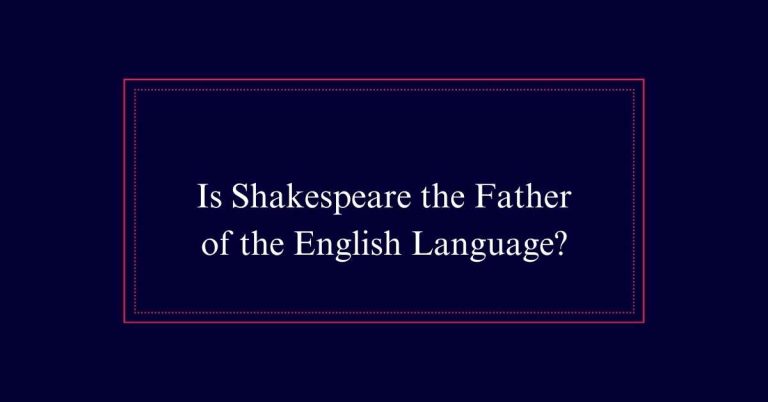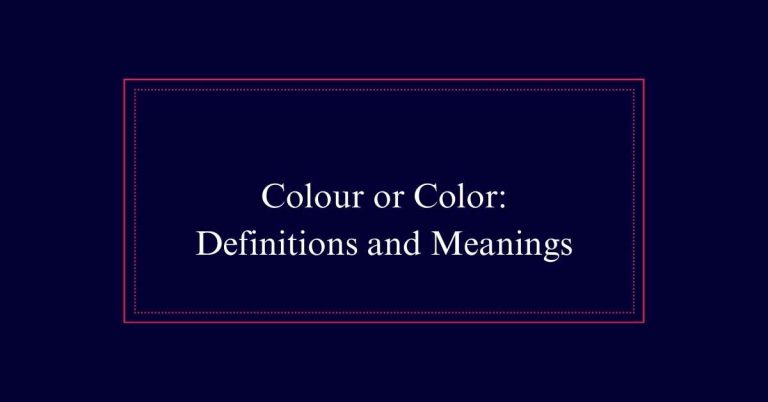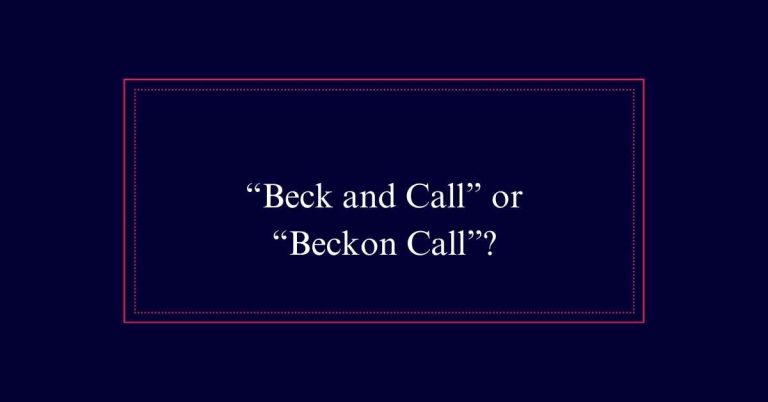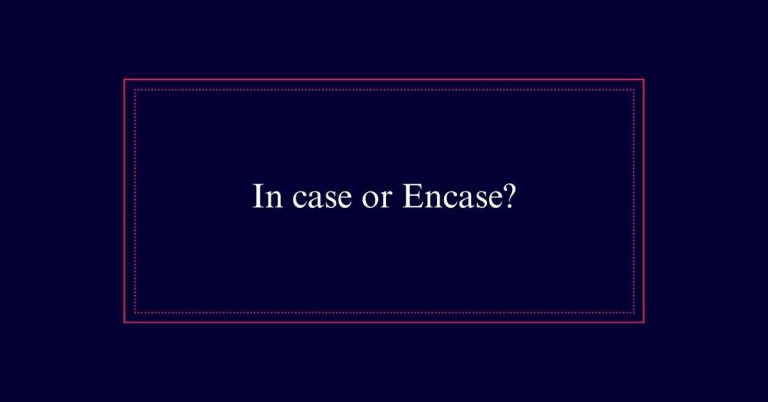E.G. Vs. I.E.
Understanding the correct usage of e.g. and i.e. is important for clear communication. E.g. stands for “exempli gratia” and means “for example.” It introduces examples to illustrate a point. I.e. stands for “id est” and means “that is” or “in other words.” It clarifies or restates information.
Both have distinct functions; e.g. provides representative examples, while i.e. gives precise definitions. Avoid interchanging them to maintain clarity. Remember to add periods after each letter and use a comma afterward.
Meaning of E.G
Understanding the meaning of e.g. is essential for using it correctly in writing. E.g. stands for the Latin phrase ‘exempli gratia,’ which means ‘for the sake of example.’ It is used to introduce one or more examples that illustrate a point. Unlike an exhaustive list, e.g. provides a few representative examples.
For instance, ‘Many cities have great public parks, e.g., Central Park in New York.’ This abbreviation helps to clarify statements by offering concrete instances. It is commonly followed by a comma and does not need to be italicized. Correct usage of e.g. enhances writing by making it more specific and relatable.
Understanding I.E
While knowing how to use e.g. is important for illustrating examples, it is equally essential to understand the purpose of i.e. in writing.
The abbreviation i.e. stands for the Latin phrase id est, meaning ‘that is to say’ or ‘in other words.’ Its primary function is to clarify or rephrase a statement for better understanding. Unlike e.g., i.e. does not provide examples but rather specifies or explains.
Here are key points to remember:
- Use i.e. to clarify a statement.
- Follow i.e. with precise information.
- Always place a comma after i.e.
- Enclose i.e. in parentheses for emphasis.
Origins of Both
The origins of both e.g. and i.e. can be traced back to Latin, where they served to clarify and exemplify statements in scholarly texts. E.g. stands for ‘exempli gratia,’ which means ‘for the sake of example.’ It was used to introduce examples that helped illustrate a point.
On the other hand, i.e. comes from ‘id est,’ translating to ‘that is’ or ‘in other words.’ Scholars employed it to provide precise clarification or rephrasing of a statement. These abbreviations have since been adopted into English, retaining their original purposes.
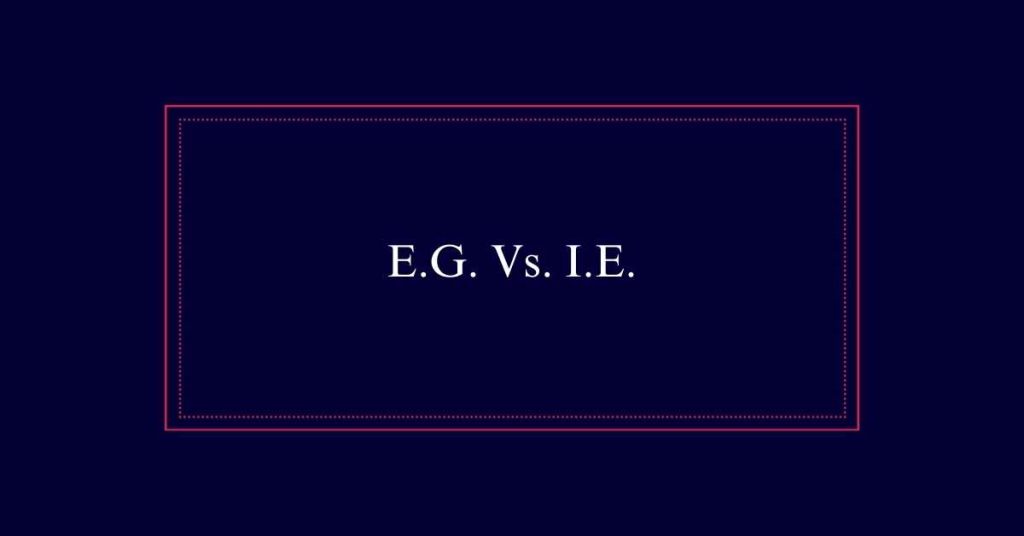
E.G. in Sentences
E.g. introduces examples to illustrate a point in writing. It helps provide clarity by offering specific instances. For effective use, follow these guidelines:
- Placement: Use e.g. within parentheses or after a comma.
- Punctuation: Place a period after each letter (e.g.,).
- Examples: Separate multiple examples with commas.
- Context: Make sure examples are relevant to the point being made.
For instance, ‘There are many popular programming languages (e.g., Python, JavaScript, Java, C++).’
This sentence uses e.g. to list a few examples of programming languages, showing the reader that these are part of a larger group.
I.E. in Sentences
I.e. is used to clarify or rephrase a statement, guaranteeing the reader fully understands the intended meaning. It provides a precise explanation rather than a list of examples. For instance, consider the following uses:
| Example Sentence | Explanation |
|---|---|
| ‘He is a polyglot, i.e., fluent in many languages.’ | Clarifies what ‘polyglot’ means. |
| ‘The event is BYOB, i.e., bring your own beverage.’ | Explains the acronym BYOB. |
| ‘She follows a vegan diet, i.e., she doesn’t eat any animal products.’ | Specifies what a vegan diet entails. |
| The meeting has been postponed, i.e., it will not happen today. | Clarifies the immediate consequence. |
Common Mistakes
Mistakes often arise when writers interchange e.g. and i.e., leading to confusion and incorrect interpretations. Here are common errors to avoid:
Using e.g. for clarification:
E.g. introduces examples, not definitions. Using it to clarify a point can mislead readers.
Using i.e. for examples:
I.e. offers precise information. Using it to list examples can create misunderstanding.
Omitting commas:
Both e.g. and i.e. should be followed by a comma in American English. Missing commas can disrupt sentence flow.
Misplacing in a sentence:
Place e.g. and i.e. correctly within parentheses or after a semicolon. Incorrect placement can confuse the reader.
Style Guide Tips
How can you guarantee that you are using e.g. and i.e. correctly in your writing? Follow these style guide tips.
First, always use lowercase letters when placing e.g. and i.e. in the middle of a sentence. Place a period after each letter. In American English, add a comma after the abbreviation. For clarity, enclose them in parentheses, e.g., (i.e., for clarification). Avoid italicizing these abbreviations.
Examples of E.G
When using e.g., you introduce one or more examples to illustrate a point clearly. This abbreviation helps to provide context through specific instances.
For example, consider the following scenarios:
- Discussing popular fruits (e.g., apples, oranges, bananas, grapes).
- Describing common programming languages (e.g., Python, Java, C++, JavaScript).
- Listing types of renewable energy sources (e.g., solar, wind, hydro, geothermal).
- Mentioning famous landmarks (e.g., Eiffel Tower, Great Wall of China, Statue of Liberty, Colosseum).
Examples of I.E
I.e. is crucial for providing clarification or precise information, ensuring the reader fully understands the point being made. For instance, if one says, ‘She prefers non-caffeinated beverages, i.e., water or herbal tea,’ it specifies what types of non-caffeinated drinks she likes. This abbreviation is essential for conveying exact details, thereby reducing ambiguity.
Here is a table with different sentences using i.e.:
| Example Sentence | Clarification Using I.E. | Meaning |
|---|---|---|
| She works in the healthcare sector | i.e., hospitals and clinics | Specifies parts of the healthcare sector |
| He enjoys classic literature | i.e., works by Dickens, Austen, and Tolstoy | Specifies authors he enjoys |
| They operate in the tech industry | i.e., software development and IT services | Specifies areas within the tech industry |
| She follows a vegan diet | i.e., no animal products | Specifies what a vegan diet entails |
| The company focuses on renewable energy solutions | i.e., solar and wind power | Specifies types of renewable energy |

